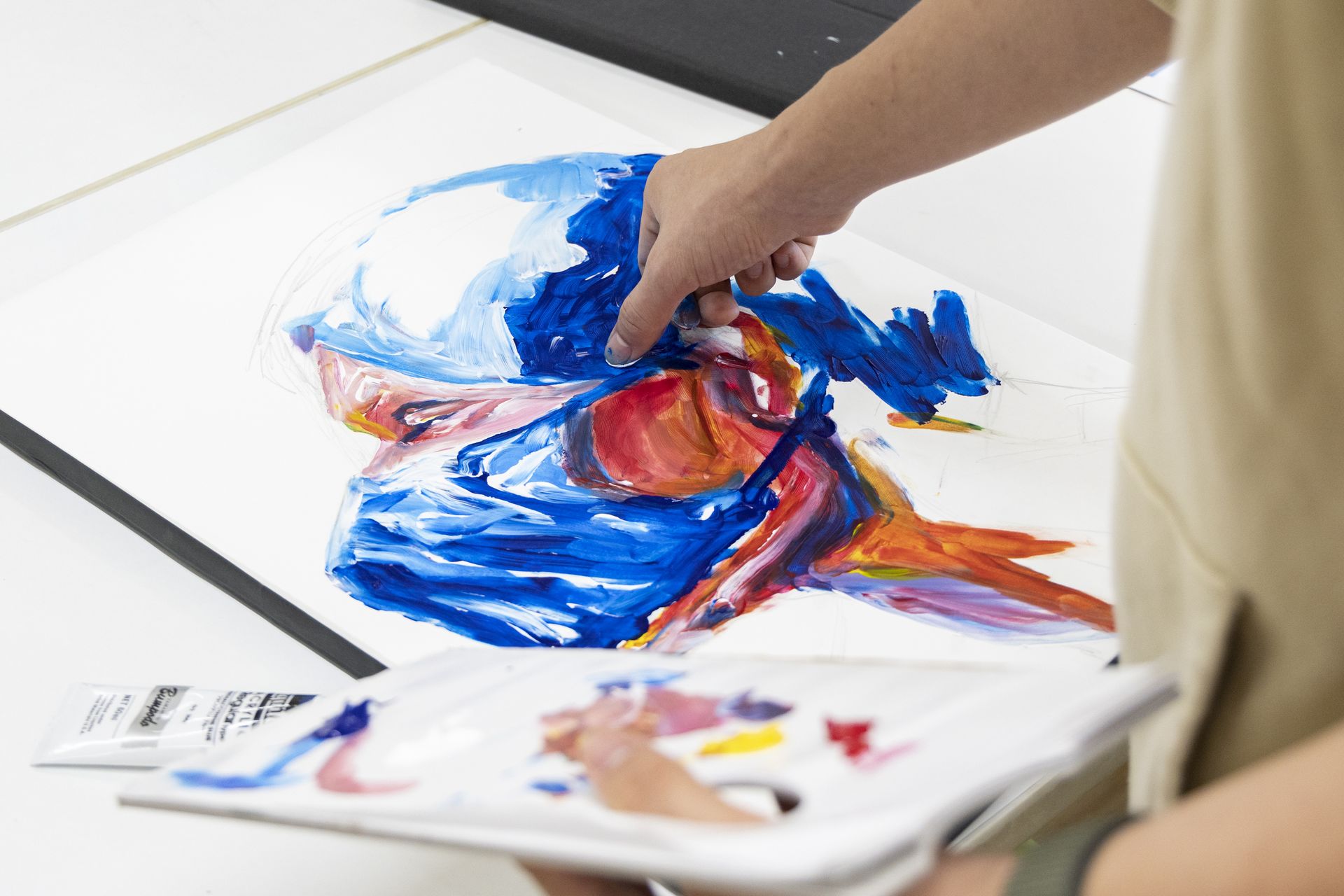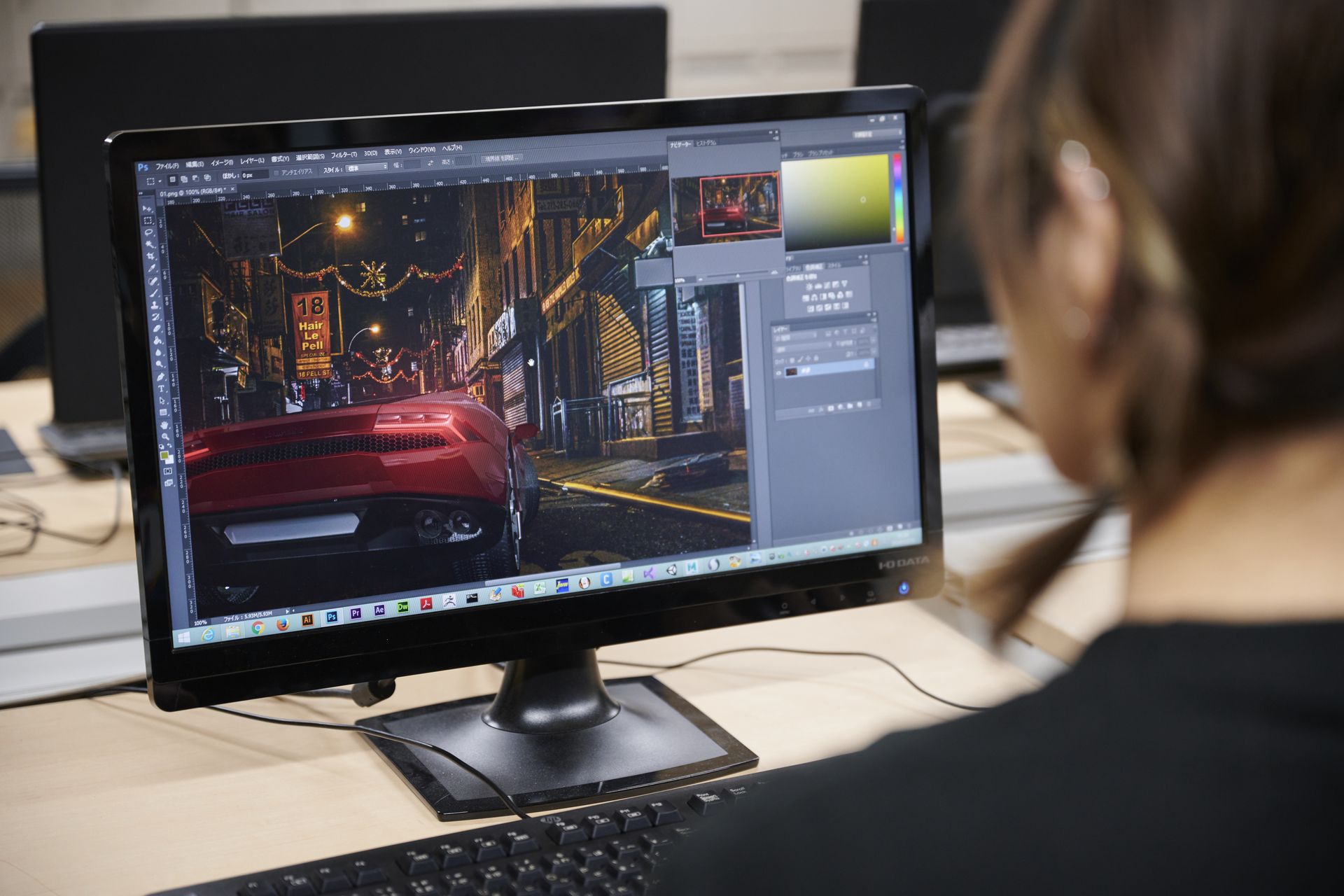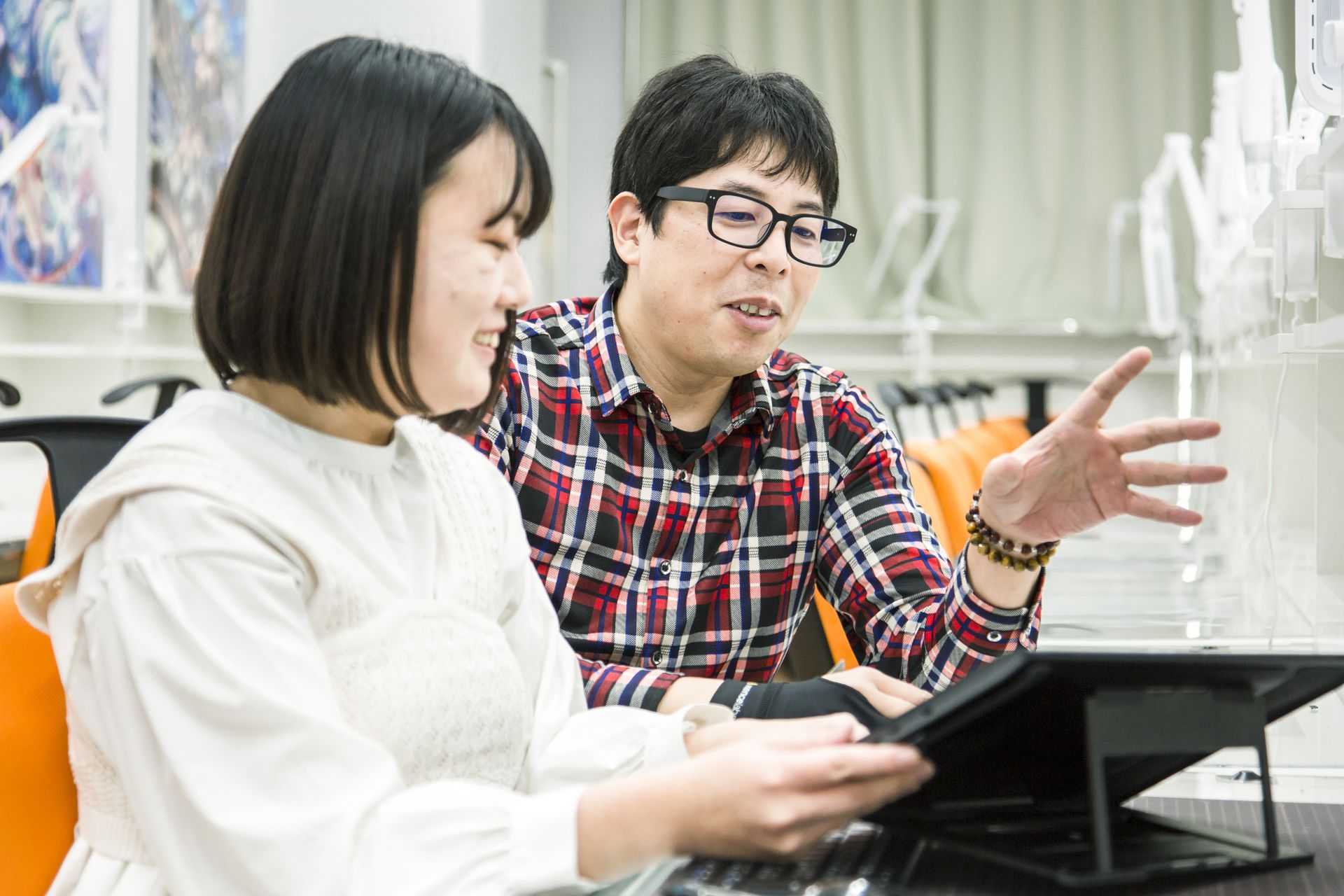Malaysia's local art and design industry is a dynamic mirror of creativity and innovation, as Malaysia has a diverse and vibrant cultural background. While sometimes the trends and expressions of this field are constantly changing, the need for specialized and forward-thinking education for the successful development of the creative mind becomes more evident. Being characterized by its own cultural traditions and contemporary aspirations, Malaysia offers a variety of art and design programs that serve as the furnaces for forging future skilled workers.
Let's embarked on a quest through the alleys of creativity and discover the educational pathways thriving in the lively realm of Malaysian art and design.
Top 5 Art and Design Courses in Malaysia

1. Diploma in Fine Art
It holds as the foundation for whatever comes in the art and design world; it is basic age-long artistic skill that will always take time and effort. Students acquire familiarity with fine arts, practicing various art styles from painting or sculpture to other conventional media.
2. Diploma in Graphic Design
In the face of the digital revolution, graphic design has gained supremacy as an area of critical importance, and this diploma trains students with the essential skills. The course will incorporate the design principles, digital tools, and visual communication components to connect the art and technology.
3. Diploma in Illustration
This diploma becomes a way to the world on the picture side of the story-telling world for people passionate about the visuals. Whether producing stirring book illustrations to conjure vivid images or designing life-like characters, this course equips future illustrators to the forefront of visual storytelling.
4. Diploma in Interior Design
Hand in hand with the practical factor, the Diploma in Interior Design is the bridge between art and practical design for those who are devoted to transforming spaces. Student's search extends to the aesthetic element of design and the functional component that characterizes residential and commercial spaces.
5. Diploma in 3D Animation
The Diploma in 3D Animation takes center stage in an era dominated by digital storytelling. This course immerses students in animation techniques, visual effects and digital storytelling. From crafting dynamic characters to creating mesmerizing visual effects, students learn to navigate the intricate realm of 3D Animation.
Trends Shaping Art and Design Education

Global Influence on Art and Design Education:
The impact of global trends on art and design education is evident, where education becomes globalized and connected, rendering borders irrelevant. Courses also teach global perspectives, creating an opportunity for students to explore a variety of artistic traditions, design principles, and cultural influences. This ensures that local creatives will understand both their own traditions and the broader international art and design landscapes.
Local Relevance in a Global Context:
In the background of the global flow, courses in art and design in Malaysia hold onto the essence of local contexts. These courses are carefully worked out to highlight the essence of rich Malaysian cultural heritage; they add local texture and artistic synthesis of elements specific to this region.
The Tech-Traditional Tango:
A choreography between technology and traditional artistic ways, art and design education, is solid proof of the harmonious alliance rather than the battle between eras. These courses are employed to incorporate recent technological advances such as virtual reality (VR), 3D printing, and digital design. Nevertheless, the spirit of traditional techniques holds out, and technology is seen as a medium or a means, not as substitute. Such a harmonious model makes learners produce well-balanced multifunctional skills suiting both digital and traditional artistic ways of thinking.
Holistic Learning Ecosystems:
Classroom boundaries haven't constrained the scope of modern art and design education. Learning extends beyond textbooks to encompass real-world experiences and internships, fostering technical skills, creativity, adaptability, problem-solving —a requisite blend for success in the dynamic realm of art and design.
Bridging Classroom and Industry

Coursework Aligned with Industry Demands:
Art and design courses in Malaysia are evolving to reflect the industry's pace. The curriculum incorporates modern design software and art advancements, ensuring students acquire relevant skills. This alignment between academia and industry enables graduates to enter the workforce as seasoned professionals, ready to excel from the start.
Partnership with Industry Leaders:
Partnering with market leaders is another method of strengthening the bond between education and business. Collaborations with renowned design studios, artist's bases, and creative agencies offer students valuable expertise, mentorship, and real-world job insights. These partnerships provide students with firsthand exposure to the industry's operations allowing them to gain practical knowledge they wouldn't acquire solely through academic studies.
Practical Work Experiences:
The classroom expands beyond its walls, integrating real-world experience akin to professional settings. Internships, integral to numerous art and design programs, immerse students in industry environments. Through these placements, students apply theoretical knowledge to actual projects, gaining insights into deadlines, client needs and teamwork. These hands-on experiences serve as a conduit, turning theory into practical skills.
Industry-Relevant Projects:
The coursework typically involves industry-relevant assignments, posing a challenge for students who must devise creative solutions for real-world briefs. These projects cover various aspects like branding campaigns and exhibition spaces, serving as simulations of complex, time-sensitive work. With a loopback system involving industry experts and teachers, the tasks go beyond mere academics exercises offering students a glimpse into post-graduation professional environments.
Mentorship Programs:
Art and design institutions understand mentorship as a constructive tool for linking the educational disciplines with the professional world. These programs match students with seasoned professionals who offer invaluable advice, industry insights and a pathway to success. Such mentorship goes beyond what books can offer, providing invaluable insights into industry norms and nuances gained only through experience.
Crafting Your Path in the Art and Design Industry
In this dynamic and ever-evolving field, carefully considering courses becomes the compass guiding aspiring creatives towards a flourishing career. The diploma in fine art, graphic design, illustration, interior design, and 3D Animation does not constitute just an intellectual exercise; it is an access point to a space where creativity is at the forefront and behind the invention, storytelling, and stylistic change.
These courses align with industry needs, foster connections with the business world, offer hands-on learning, and encourage mentorship, providing essential tools for shaping the art and design landscape. The link between education and industry serves as a pathway to turn passion into profession, theory into practice and dreams into reality.
Ultimately pursuing a career in art and design is a journey of growth, discovery and boundless opportunities. Your chosen courses act as a pallete, while your career serves as a canvas. Craft your path intentionally allowing your creativity to shape a unique future within the art and design realm.